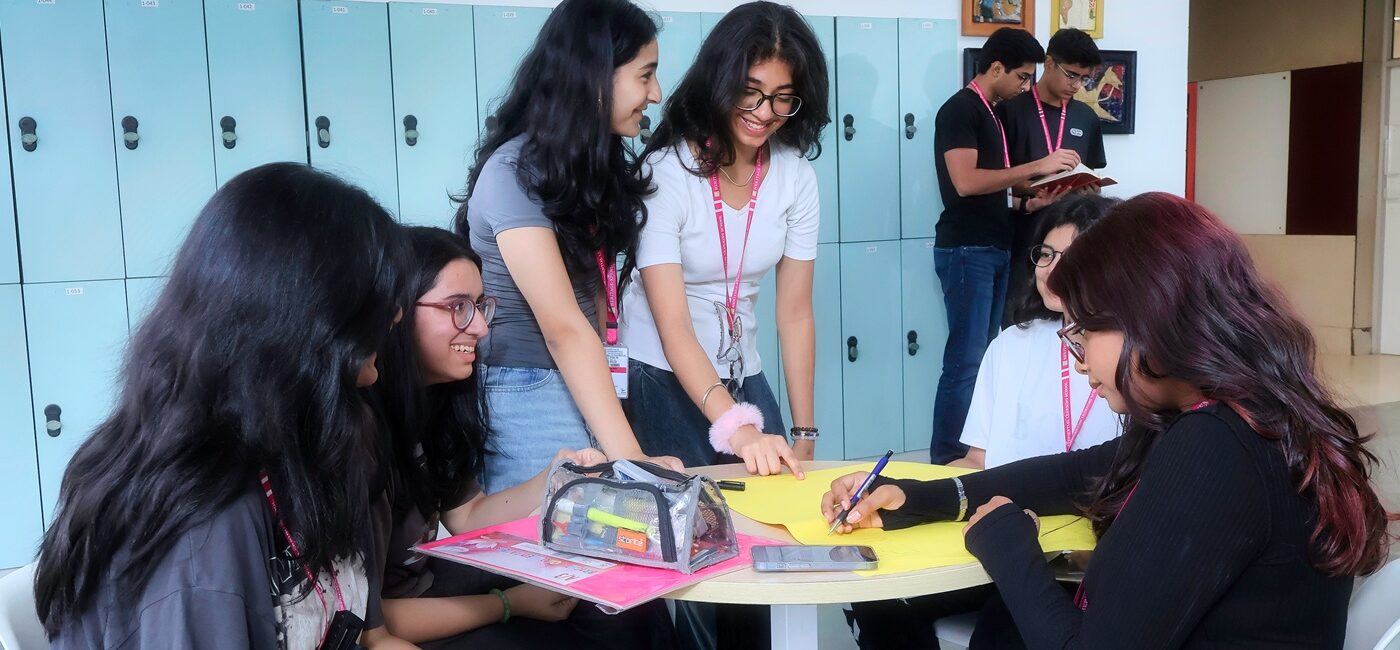Preparing Young Adults for the Workplace

Work Experience or SEWA (Social Empowerment through Work Education and Action)
Introduction
At our institution, we prioritize experiential learning and pedagogy, nurturing students who envision themselves as global citizens committed to community engagement. Through initiatives like Saksham, Joy of Green, and the Heritage Centre for Active Citizenship, our students have consistently endeavored to make a positive impact locally and globally.
In line with these values, we are transitioning our work experience program into a community service and project-based learning initiative.
What is Sewa?
Renowned educationist Paulo Freire once asserted that education cannot be neutral; it must be relevant to society and its evolving needs. Given the rapid changes in our world, it’s crucial for students to comprehend their contemporary contexts and prepare for evolving societal demands.
SEWA embodies the spirit of social and community service. Projects under SEWA encompass a wide range of themes such as environmental conservation, civic engagement, promoting democracy, enhancing health and fitness, and engaging in international initiatives.
The philosophy of SEWA is deeply rooted in social empowerment, particularly emphasizing service to the community within the Indian context.
Aim of SEWA
Our objectives with SEWA are multi-dimensional:
- Cultivating holistic development encompassing intellectual, personal, social, and emotional growth.
- Fostering lifelong learners who actively engage with their communities through experiential learning.
- Prioritizing authentic, real-world learning experiences that transcend traditional classroom boundaries.
- Building bridges between students and the broader community in meaningful and positive ways.
Objective
- Promote mental and social well-being among students, fostering connections with peers, elders, the community, and the environment.
- Foster constructive activities that develop creative and critical thinking, enhancing students' self-confidence and self-esteem.
- Highlight the interdependence of humanity and the environment in our interconnected global village.
- Instill a sense of responsibility towards the less privileged, disadvantaged, differently abled individuals, society, and the environment.
Important Guidelines
- SEWA is an integral component of Health and Physical Education (HPE).
- Students from classes VIII to XII (up to the end of the first semester for XII) participate in SEWA activities throughout the year.
Key Implementation Guidelines
- Each grade/class can focus on a theme or different theme per term, with sections selecting sub-themes for year-long projects.
- Students can choose to work on different topics in term 1 and term 2.
- Theme selection involves collaborative decision-making between teachers and students.
- Each class collectively decides on a SEWA activity for the academic year.
- Teachers facilitate idea generation and guide students in defining project roles.
- SEWA activities occur once per cycle during school hours.
- Culminating SEWA activities for Grades 8, 9, and 11 take places in January, while Grades 10 and 12 conclude in December.
Initial SEWA Sessions
- Students engage in discussions to identify community/environmental/health-related focus areas for projects.
- Brainstorming sessions and mind-mapping activities aid in selecting project themes.
- Students determine causes to support, outline project objectives, and develop implementation plans.
- Class-wide consensus assigns roles to ensure inclusivity and participation of all students.
Please note that a single theme for the entire year is an option. Grades 10 and 12 are recommended to maintain one theme for the entire session due to the timing of their culminating activities.
